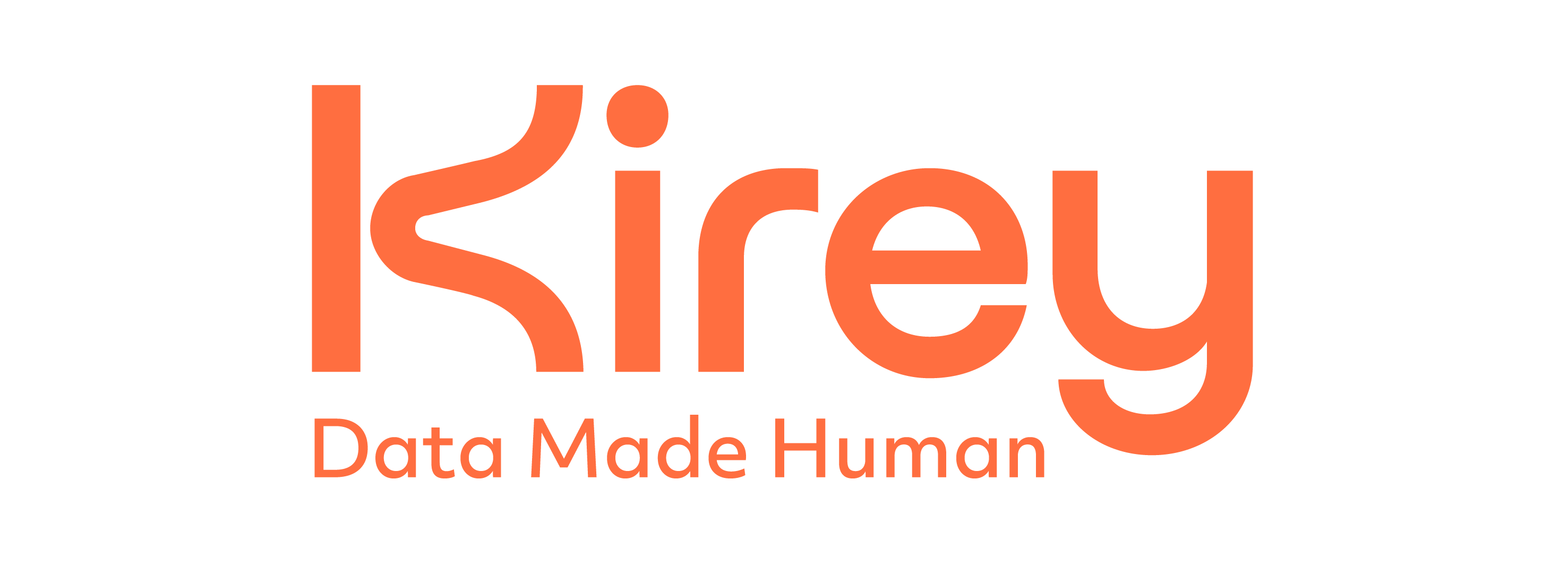The digital transformation process traditionally takes steps and takes years to complete.
The pandemic has forced many companies to quickly digitize. This has been possible thanks to five specialists.
Even in a world dominated by technology, people continue to be an essential part of a company’s success.
Let’s find out which are the five key IT profiles for organizations that want to evolve their business, especially in the case of fast and unplanned digitization.
Cloud Specialists
The main task of a Cloud specialist is to manage the migration of data, information and services to the chosen Cloud provider. But his role does not end with the management of the initial transfer, but he must also deal with maintenance activities to prevent or quickly solve any problems.
System Integrator
The typical task for a System Integrator is to identify the best combination of hardware, software, networking, storage and create a highly specialized and customized solution based on the specific needs of the organization and key business objectives. Digital Transformation is not a universal process, but requires planning or production of unique components. Companies need specialists to combine pre-configured parts and off-the-shelf software at a lower processing cost.
Leader of Infosec
The increase in online activity and data storage within Cloud infrastructure has led to an increase in cyber attacks. The leaders of Infosec are the figures called to protect the information and activity of an organization through the definition of security protocols, Disaster Recovery and the implementation of policies and procedures necessary to prevent data security breaches.
Data Analysts
Data Analysts have the fundamental task of retrieving, analyzing and interpreting data to give it real value, identifying factors that impact the business and supporting management in the decision-making process through a data-driven approach. By comparing data on a quarterly, monthly or even weekly basis, Data Analysts can identify trends and make recommendations to improve operations and achieve goals.
UX designers
The designers of User Experience (UX) aim to evaluate and improve the applications and software used by the end users of an organization to ensure better accessibility, usability and interaction, according to a "customer-centricity" approach.
